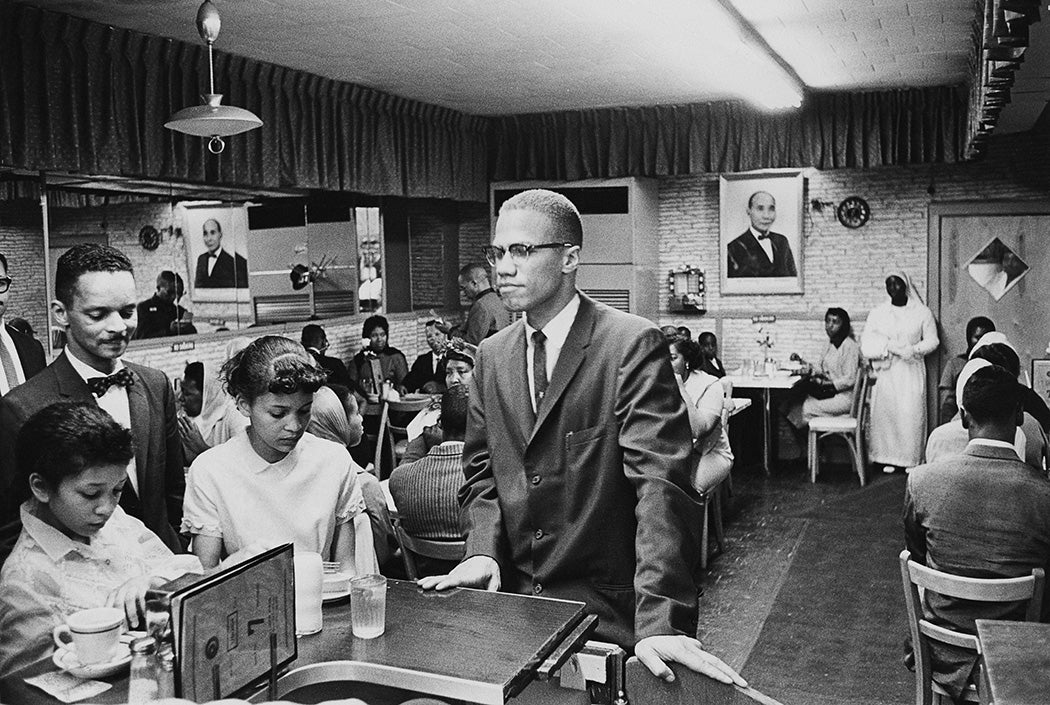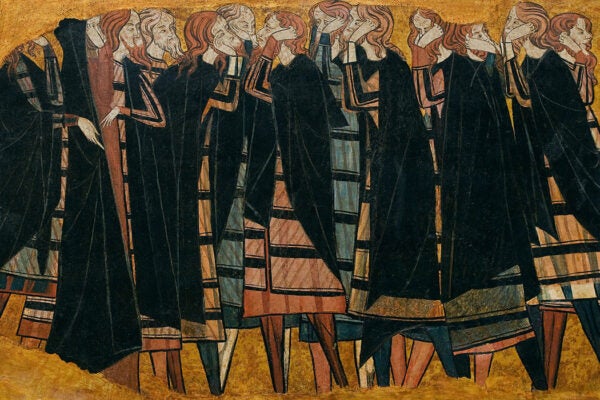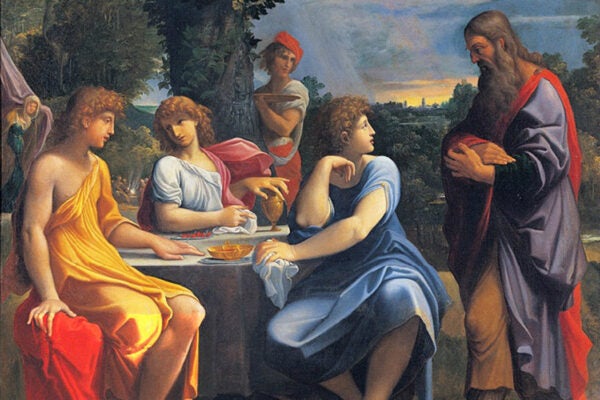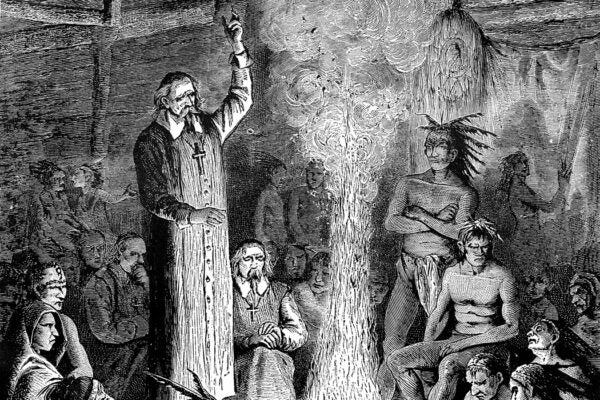I teach history at St. Francis College, a small, private school in Brooklyn, New York. Our students come primarily from the five boroughs of New York City, represent a wide range of racial and ethnic groups, tend to be working class, and are often the first in their families to go to college. Students enter with all levels of skills, from those who are well prepared and equipped to succeed, to those who require significant academic support.
In our gateway history courses—also called surveys or introductions—some students have a strong grasp of historical narratives and facts, and are ready to dive into methodologies and deeper analysis. Others have almost no foundational knowledge or skills to do history at the college level, and these tend to be the very students who are at risk of not completing college if they don’t succeed in their gateway history class. With all of these students learning side-by-side, it can be challenging to find a way to teach them all effectively. In addition, the vast majority of our students have work and family responsibilities on top of college, so assigning long pieces of scholarship is often fruitless because students simply do not have time to complete them. That’s where JSTOR Daily comes in. I have both assigned articles to read throughout the course and used them for in-class exercises.
Weekly Digest
Teaching the 1960s: In-Class Exercise
Due to COVID-19, my fall 2020 gateway course was taught as a hybrid—one hour in-person, and the rest virtual. In-person attendance was not required and far from consistent, but students had the option to join the live class on Zoom. Often, I’d have the bigger portion of the class on Zoom with only a handful of students in the room. Classroom technology constraints made discussion almost impossible, so finding activities that all the students could do simultaneously was key. One week, I also noted a number of students had struggled with an annotated bibliography assignment, not understanding how to find scholarly sources or how to talk about them. I decided that the best way to include all of the students attending, both in-person and virtually—while attempting to tackle the problem of thinking about sources—was to use JSTOR Daily to design an activity. The articles covered various topics, but all related to the 1960s. I used this list:
JSTOR Daily & The 1960s Reading List
The High School Hair Wars of the 1960s
Woodstock: Sex, Drugs, and Zoning
How Plato Anticipated Bob Dylan
The Activist Students of 1960s East Los Angeles
The Battle Over Sex Ed in Anaheim in the 1960s
Students had to pick one of these articles to read. They were asked to click around to the linked material, and then upload their reactions to a Mentimeter questionnaire (www.menti.com), including a comment on how a historian or researcher might use the article the student selected (and the linked source article) as a secondary source or to drive further inquiry into the topic.
Word Cloud
Students also added words that jumped out at them in their piece to a word cloud slide. This allowed us to talk about how the articles, as a sample body of sources, connected in a broader context. Without knowing, for the most part, which words in the word cloud came from which articles, we were able to discuss the links between different JSTOR Daily articles, consider how scholars build a conversation around different research endeavors, and reflect on how those efforts combine to form our wider understanding of a given period.
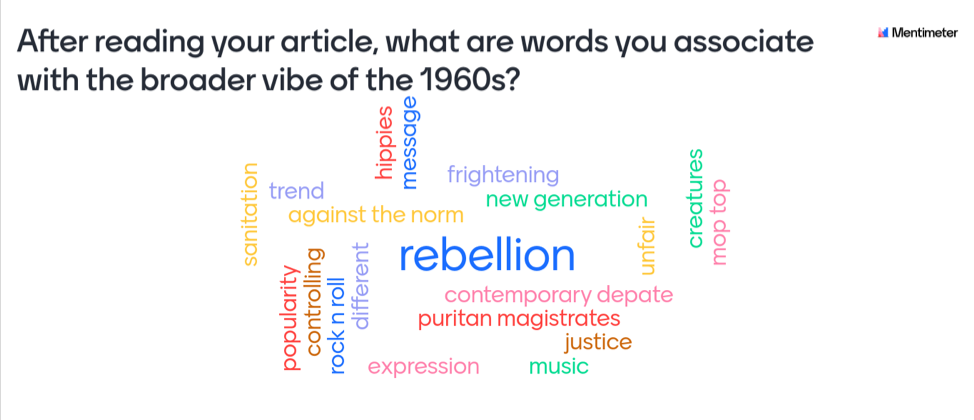
Two Popular JSTOR Daily Articles to Assign Students
Throughout my survey course, I also assign a variety of JSTOR Daily articles as readings. One of the most popular is “How Prohibition Encouraged Women to Drink.” This article lets students rethink their mental image of bootleggers, their understanding of the range of roles women have played in history, and their perspective on how the law shaped people’s access to fun. One student wrote, “[women] started to go into secret nightclubs to drink, cut their [hair], and also shorten their skirts. Personally, this stood out to me because I am all for women’s empowerment but not only that—I can see how in the 1920s many things were strict and there were laws that [made it seem] like fun couldn’t be an option.” Through this engagement with the topic of prohibition, she was able to understand the period from a new angle. She went on to comment on the unfairness of the decade, highlighting the sexism the piece presented along with other reflections on the treatment of immigrants and racial minorities during the 1920s. In doing this, she came to understand how historians take a moment or an idea and delve into it, and that history is not simply a recitation of facts but an exploration of perspective and a set of interpretations of competing social, political, and cultural dynamics.
“The Drag Aesthetic of Langston Hughes” is another popular article with students. Articles like this one reflect the massive breadth of history as a discipline, incorporating and highlighting stories that are underrepresented elsewhere. Most students, even if they never liked history or don’t have much background knowledge, have heard of Langston Hughes. Student reaction to this article ranges from fascination and a sense of representation to frustration. One student wrote, “[Hughes’s] work throughout the [Harlem] Renaissance connected him more to his ‘inner self,’ while producing amazing pieces of work for the world to see. I believe that Hughes truly embodied the idea of the Harlem Renaissance, being comfortable and confident in your own skin.” Her new and deeper knowledge of Hughes had clearly inspired her. Another student articulated a view common among students about how her prior history instruction had failed to present Hughes’s complexity. She explained,
I feel as though the history I’ve learned back in HS has almost been censored from me. I don’t think it’s a big deal that he was gay but I do believe it’s worth mentioning because it almost adds to the type of pioneer Hughes was in moving the black and gay community forwards. It really brings up the question of what other information high schools aren’t sharing with you in terms of history when they teach you. Are we really getting the full truth with all of the details? Or are there tiny pockets of truth getting left out because the information doesn’t quite fit society’s standard.
For students whose identities and perspectives are missing from traditional narratives, articles like this one are vital to sparking new interest in history through a sense of inclusion and representation. Both of these students came away from the article with invigorated curiosity and the motivation to pursue more of their own questions.
***
My “History of the US since 1896” course may still be the only college-level history course my students take, but because JSTOR Daily offers so many ways to incorporate fascinating scholarship, I know that they leave my course understanding that history goes beyond a chronology of facts and important names. The accessibility of the articles, the diverse range of topics that pique student interest, and the opportunity they offer for further inquiry are an ideal teaching tool for gateway students. Regardless of skill level or background knowledge at the start of the course, all students can engage with JSTOR Daily and deepen their understanding of what historians do. And the skills the students develop in gateway history courses are instrumental for their broader academic success, regardless of their major.
Support JSTOR Daily! Join our new membership program on Patreon today.
